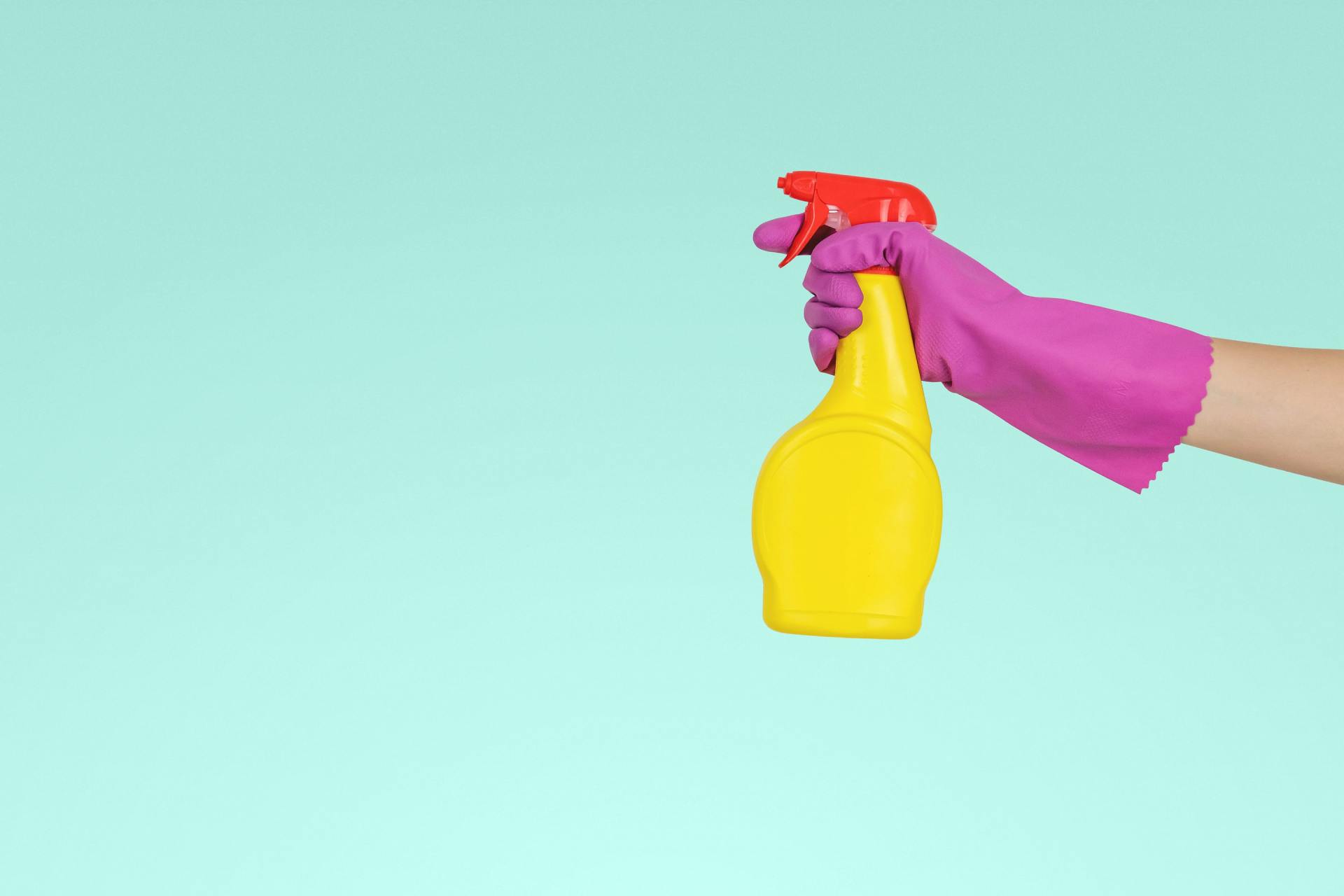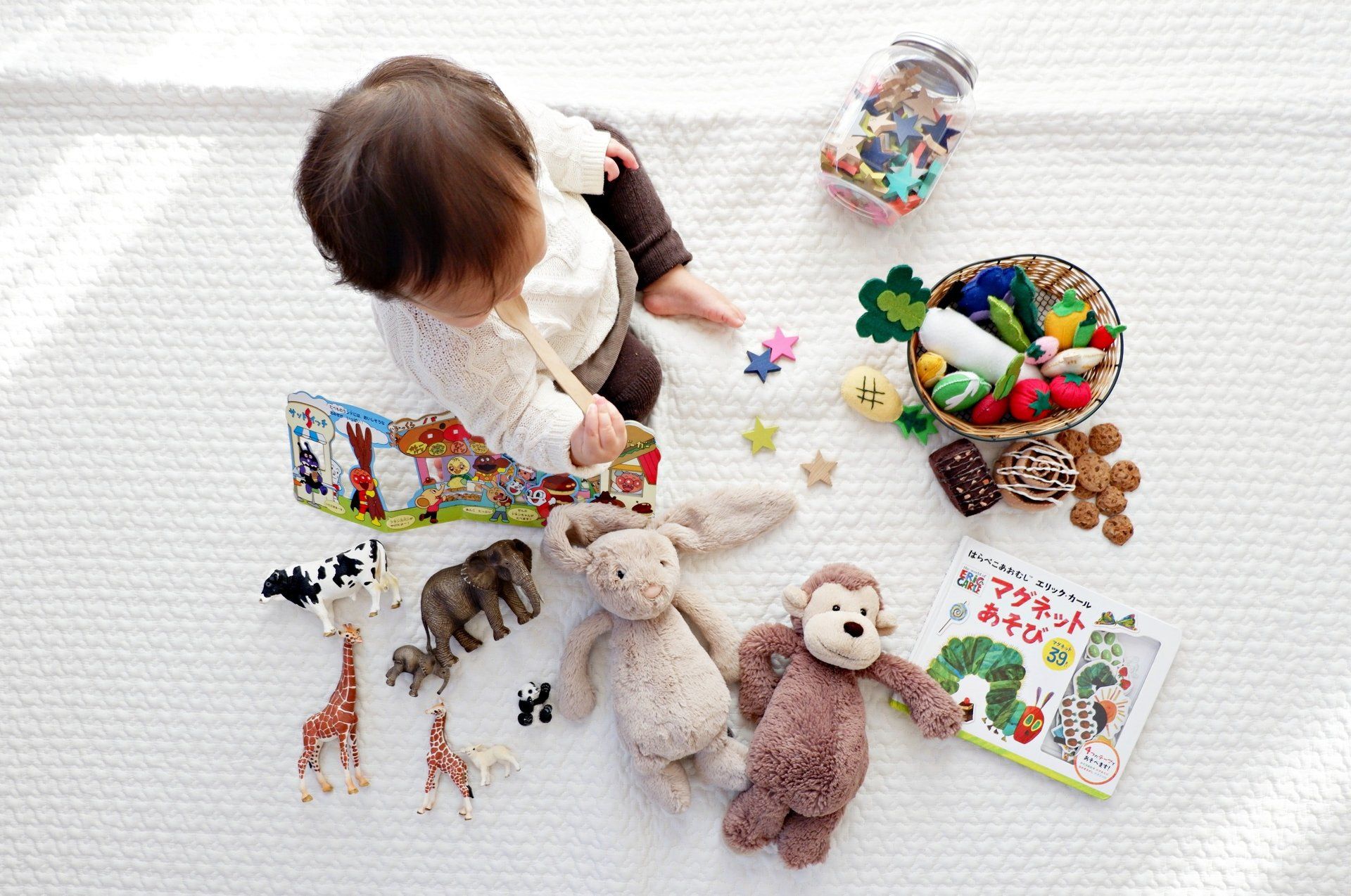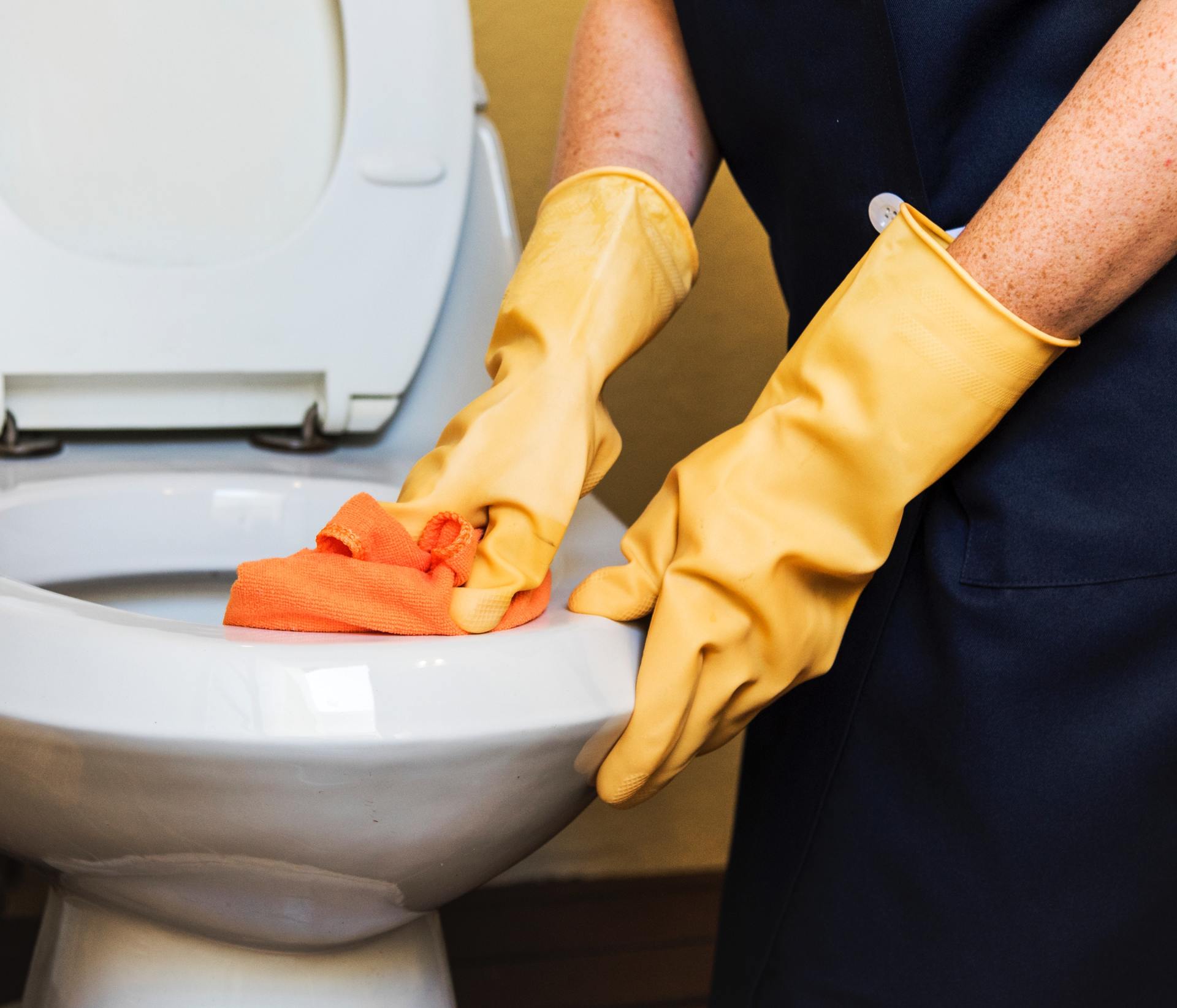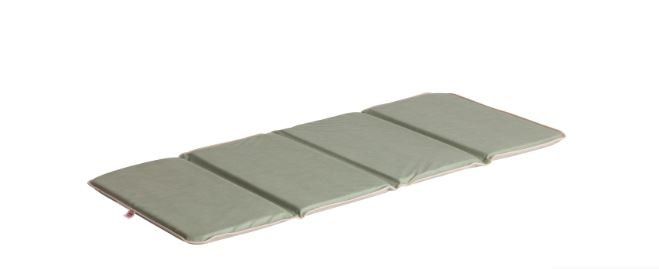Association of use of cleaning products with respiratory health in a Canadian birth cohort
Blog Owner • June 3, 2020
BACKGROUND:
Comprehensive longitudinal studies are important for understanding the complex risk factors, pathways, exposures and interactions that lead to the development and persistence of asthma. We aimed to examine associations between use of household cleaning products in early life and childhood respiratory and allergic disease using data from the Canadian Healthy Infant Longitudinal Development (CHILD) Cohort Study.
METHODS:
We summed responses from parental questionnaires that indicated the frequency of use of 26 household cleaning products in the homes of 2022 children from this birth cohort when they were 3–4 months of age to create a cumulative Frequency of Use Score (FUS). We used multivariable logistic regression models to assess whether frequent compared with less frequent use was associated with recurrent wheeze, atopy or asthma diagnosis, as defined by the questionnaire and clinical assessments at age 3 years. Data were collected between 2008 and 2015.
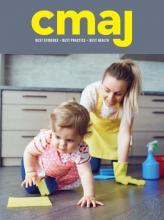
RESULTS:
Children in homes with a higher frequency of use of cleaning products in infancy, as determined by an interquartile range increase, had higher odds of recurrent wheeze (adjusted odds ratio [OR] 1.35, 95% confidence interval [CI] 1.11–1.64), recurrent wheeze with atopy (adjusted OR 1.49, 95% CI 1.02–2.16) and asthma diagnosis (adjusted OR 1.37, 95% CI 1.09–1.70), but no increase in the odds of atopy at age 3 years (adjusted OR 1.14, 95% CI 0.96–1.35). Compared with the lowest tertile of FUS exposure, infants in the highest tertile had higher odds of acquiring asthma. Stratification of the results showed that females had higher ORs than males for all outcomes, although the p values for this sex difference did not reach statistical significance.
INTERPRETATION:
Frequent use of household cleaning products in early life was associated with an increased risk for childhood wheeze and asthma but not atopy at age 3 years. Our findings add to the understanding of how early life exposures to cleaning products may be associated with the development of allergic airway disease and help to identify household behaviours as a potential area for intervention.
See related article at www.cmaj.ca/lookup/doi/10.1503/cmaj.200025
The prevalence of childhood asthma has steadily increased over the past several decades and is now a leading cause of childhood chronic disease and admissions to hospital in developed countries, making it a priority for clinicians, researchers and the public.1 The first months of life are critical for the development of the immune and respiratory systems. 2 By identifying hazardous exposures and behaviours during infancy, preventive measures could be implemented to potentially reduce childhood asthma and allergy risk.
Most of the evidence that chronic low-level exposure to the irritants in cleaning products causes chronic inflammation, triggers asthma symptoms and worsens asthma control3 comes from domestic and occupational studies in adult populations.4–7 Young children, who spend 80%–90% of their time indoors in early life,8,9 are especially vulnerable because of their increased respiration rate and proximity to the ground, which increases gaseous and dermal exposures. Analyzing the effects of exposures to cleaning products is complex and challenging. Many approaches for the estimation of indoor pollution can be found in the existing literature.10 These include odour recognition, physical presence, questionnaires and composite scoring,6,11–14 ambient air measures of volatile organic compounds8,11,15 or a combination of assessments.16
We aimed to examine the association between the frequency of use of cleaning products in early infancy (3–4 months of age) and childhood asthma or its precursors at 3 years of age, using data from the Canadian Healthy Infant Longitudinal Development (CHILD) Cohort Study.17
Visit https://www.cmaj.ca/content/192/7/E154 for more information.

Fragrance affects us all. For some, it can enhance a moment, invoke a memory, or even improve a mood. As consumers, we seek it out in all kinds of products we use in our everyday lives. And for many of us, there’s a positive sensory experience associated with fragrance. But unfortunately, this may not be without consequence.

America's Children and the Environment (ACE)
America's Children and the Environment (ACE) is EPA's report presenting data on children's environmental health. ACE brings together information from a variety of sources to provide national indicators and related information on the environment and children's health.

Pesticide use in homes may increase the risk of children developing leukemia or lymphoma, a new report suggests.Researchers combined data from 16 earlier studies that had compared pesticide exposure between children who developed leukemia or lymphoma and those who did not. These studies estimated the level of insecticides and herbicides both inside the home and in the yard and outdoor residential space.



